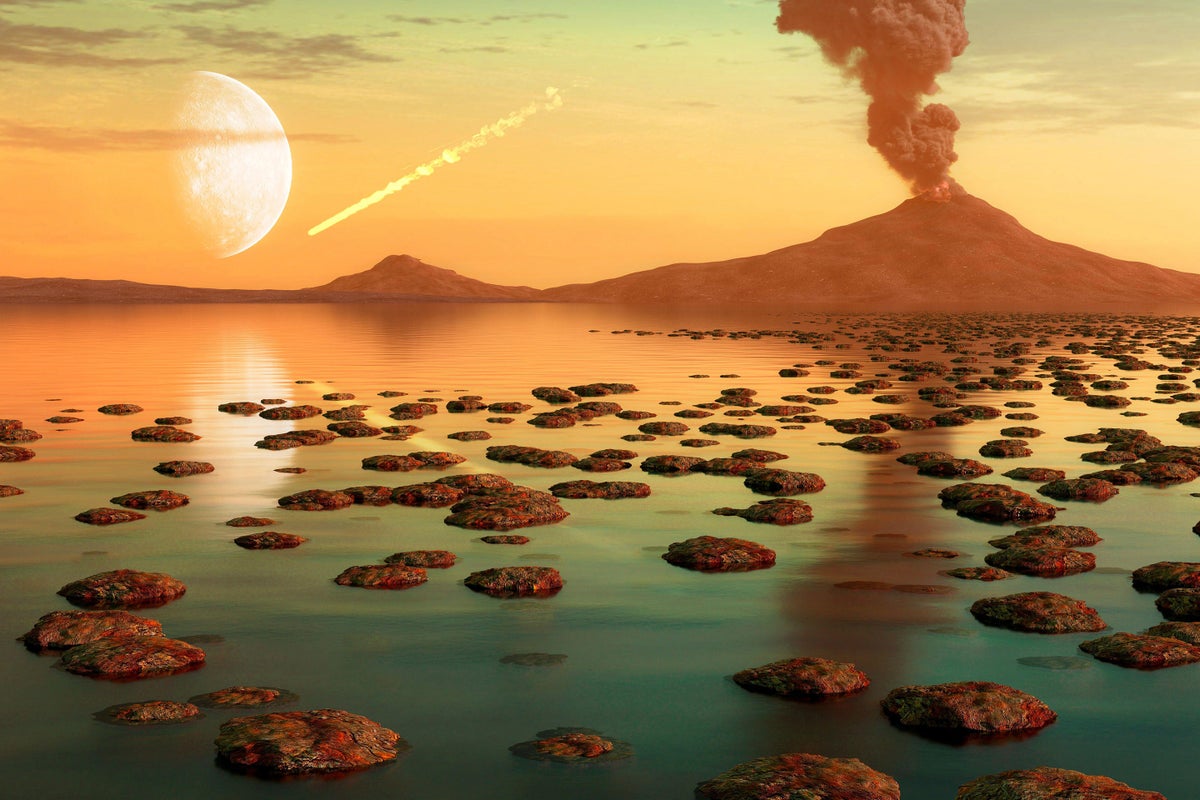How Earth’s Early Life Thrived amid Catastrophic Asteroid Impacts
Sixty-six million years ago a 10-kilometer-wide space rock fell out of the sky over what is now the Yucatán Peninsula in the Gulf of Mexico. When it hit Earth, it blew a Maryland-sized hole in the crust, igniting global firestorms and killing off some 75 percent of species. For the dinosaurs it drove to extinction, the event was effectively the end of the world. But from the ashes survivors arose—our mammalian ancestors—beginning a vibrant new era in Earth’s history. Today this catastrophic impact is considered a cosmic act of creative destruction, one without which we humans would not exist.
Yet the event’s infamous impactor was nothing compared with the asteroid that struck Earth 3.26 billion years ago, amid what scientists call the Archean eon of our planet’s 4.5-billion-year history. The Archean space rock in that impact, dubbed “S2,” was 50 to 200 times larger—big enough to blast at least 10,000 cubic kilometers of vaporized rock into the skies that then recondensed into molten droplets and rained back to Earth. Unsurprisingly, those circumstances would have been “really disastrous for early life,”


